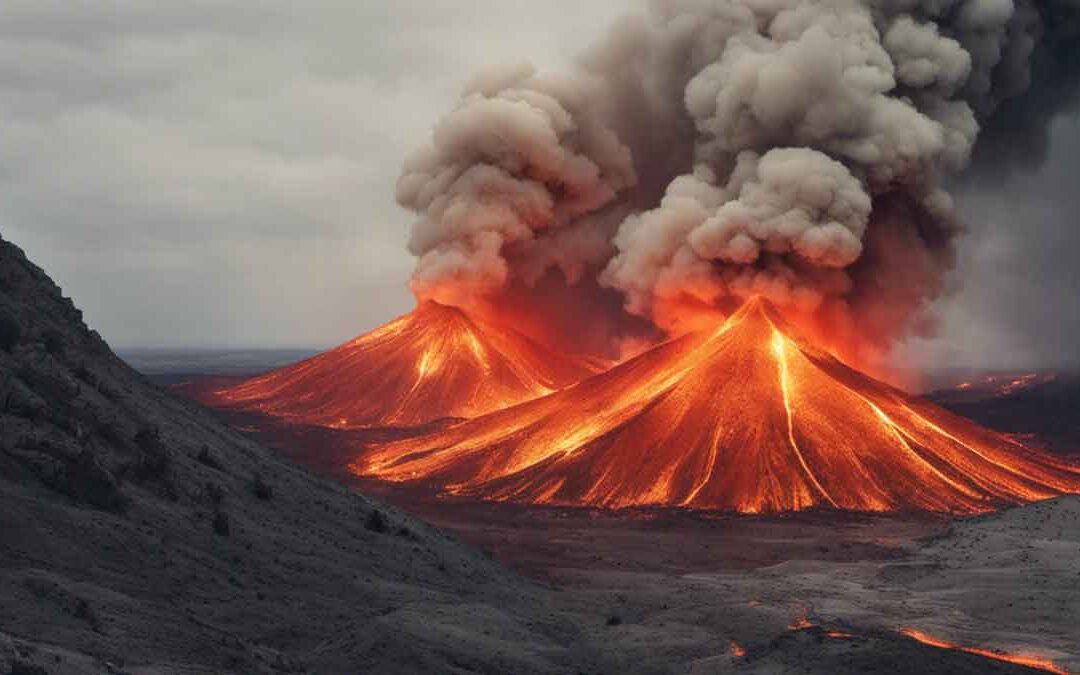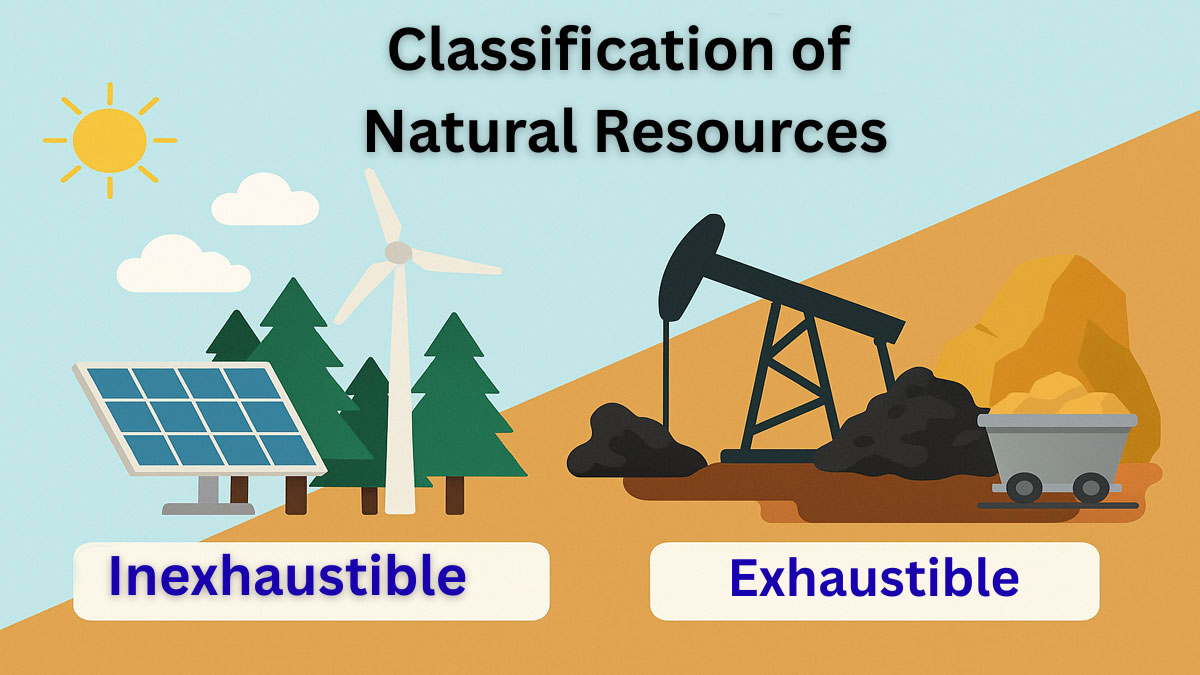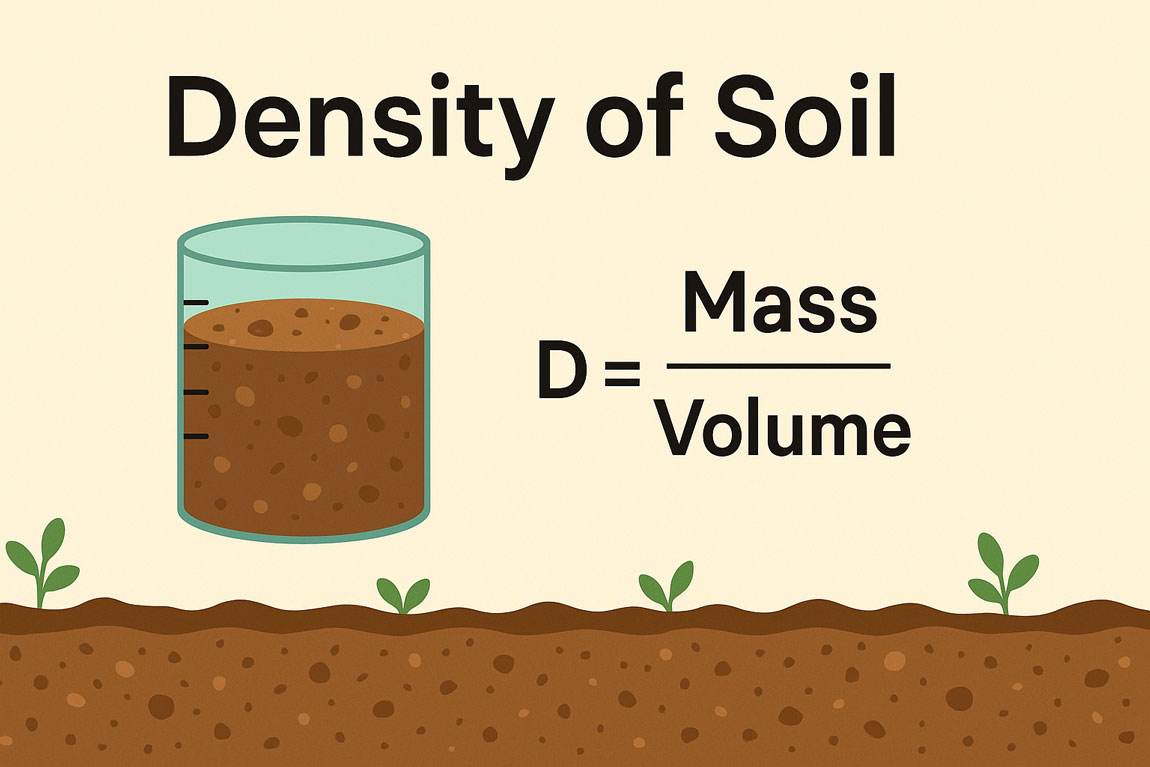Causes of Volcanism:
When volcanoes erupt, the mantle’s temperature reaches about half its melting point, causing its viscosity to drop significantly. This large-scale melting rapidly decreases viscosity, allowing the material to move more quickly and increasing heat transport.
Melted material tends to be less dense and more mobile than its source materials, causing it to rise to the surface and resulting in volcanic activity.
Volcanic Gases and Their Effects:
When volcanoes erupt, they release a variety of gases into the atmosphere. The most common volcanic gas is water vapor (H2O), followed by carbon dioxide (CO2) and sulfur dioxide (SO2). In smaller amounts, volcanoes also emit gases such as hydrogen sulfide (H2S), hydrogen (H2), carbon monoxide (CO), hydrogen chloride (HCL), hydrogen fluoride (HF), and helium (He).
Sulfur dioxide (SO2):
The impact of SO2 on individuals and the environment can vary significantly based on several factors: (1) the quantity of gas released by a volcano into the atmosphere, (2) whether the gas is dispersed into the troposphere or stratosphere, and (3) the regional or global wind and weather patterns that disperse the gas.
Sulfur dioxide (SO2) is a colorless gas with a strong odor that irritates the skin, tissues, and mucous membranes of the eyes, nose, and throat. It primarily affects the upper respiratory tract and bronchi. The World Health Organization recommends a maximum exposure concentration of no greater than 0.5 ppm over 24 hours.
Exposure to 6-12 ppm can cause immediate nose and throat irritation; 20 ppm can cause eye irritation; and 10,000 ppm will irritate moist skin within minutes. Sulfur dioxide gas chemically reacts with sunlight, oxygen, dust particles, and water to form volcanic smog, also known as vog.
Data from recent volcanic eruptions, such as the one at Mount St. Helens, Washington, in 1980, El Chichon, Mexico, in 1982, and Mount Pinatubo, Philippines, in 1991, clearly indicate the significant impact of sulfur aerosols on climate modification. These aerosols help warm the stratosphere and cool the troposphere. Furthermore, studies have revealed that sulfuric acid droplets also play a role in the depletion of the Earth’s ozone layer.
Hydrogen sulfide (H2S):
Hydrogen sulfide (H2S) is a colorless, flammable gas with a strong, unpleasant odor known as sewer gas. When present in low concentrations, it can cause eye irritation and act as a depressant. Higher concentrations may lead to upper respiratory tract irritation, and prolonged exposure can result in pulmonary edema.
Exposure to 500 ppm for 30 minutes can lead to symptoms such as headache, dizziness, excitement, staggering gait, and diarrhea, followed by possible bronchitis or bronchopneumonia.
Carbon dioxide (CO2):
Volcanoes release over 130 million tons of CO2 into the atmosphere annually. While this gas is usually harmless due to rapid dilution, it can be deadly in high concentrations. CO2 is heavier than air and can accumulate in low-lying areas, leading to unconsciousness and death if levels exceed 30%. It’s crucial to avoid depressions and low areas that could trap CO2 in volcanic regions.
The boundary between safe air and lethal gas can be extremely sharp, so moving a few steps upslope can mean the difference between life and death.
Secondary Gas Emissions:
When lava flows meet the ocean, they generate a unique gas release. The intense heat from the molten lava causes seawater to boil and vaporize, triggering chemical reactions. This process forms a substantial white plume, locally called lava haze or laze, which contains hydrochloric acid and concentrated seawater.
Preparing for Volcanic Emergencies:
No matter how accurate or timely our volcano information and warnings may be, it’s crucial that we effectively communicate volcanic risks to a broad audience, especially those residing and working in areas prone to hazards and emergency management professionals.
In addition to conducting specialized volcano research and assessing their threats, active involvement in various projects and initiatives to raise awareness about volcanic hazards and minimize the future impacts of volcanic activity is essential.






